Your Complete Guide to Chopping Wood
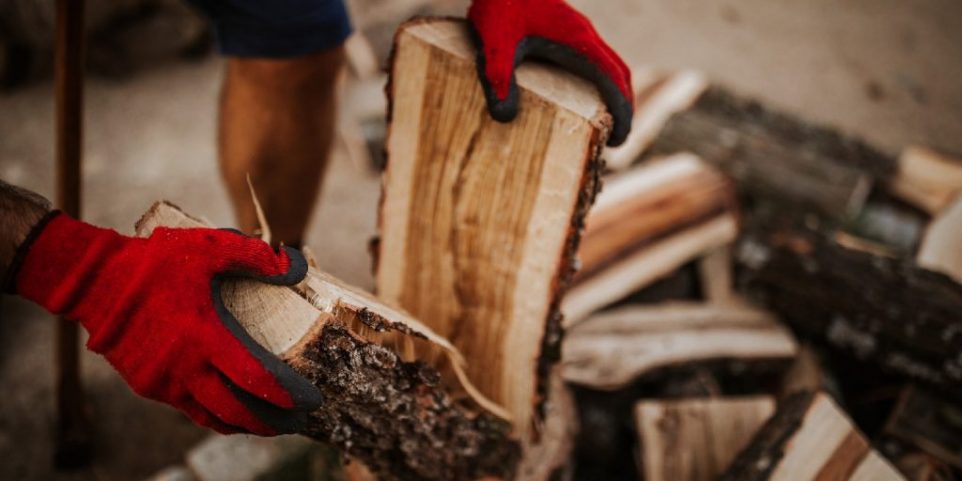
Chopping wood—now there’s a task that brings us back to basics, doesn’t it? Whether you’re prepping for a cozy winter or just enjoying the satisfying split of wood, mastering the art of wood splitting is both a skill and an art form. Here’s a complete guide, from choosing the best axe to using the correct splitting technique.
Choosing the Right Axe: Splitting Maul vs. Chopping Axe
First, let’s clarify what sets these axes apart. A traditional splitting maul is a hefty tool—imagine an 8-pound head mounted on a long handle. Its design, featuring a broad, heavy head, is engineered to drive through wood by sheer force, leveraging its mass more than its sharpness. This tool is a powerhouse, ideal for splitting large, stubborn logs where the weight of the maul helps crack the wood apart simply by the momentum of the swing.
In contrast, a chopping axe, which many might picture as a typical axe, has a much sharper, thinner blade. It’s designed primarily for cutting through wood fibers rather than splitting them apart. The edge is honed to slice, making it perfect for felling trees or chopping wood into smaller pieces. However, for splitting, it’s not about the sharpness but the impact and the wedge action, which brings us to the splitting axe.
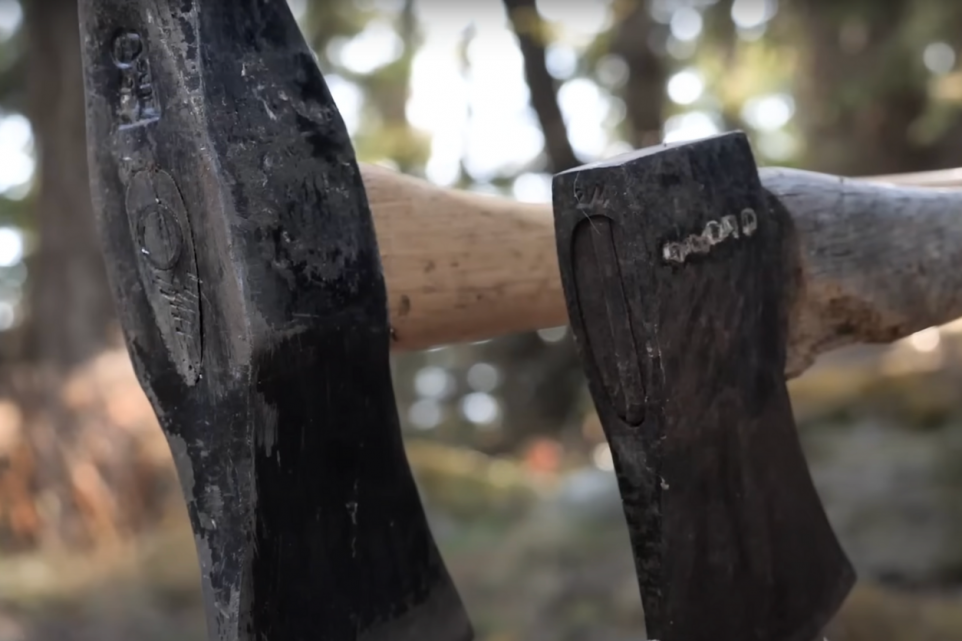
The splitting axe represents a hybrid design that takes into account the wedge shape of the maul but with less weight. Its head is not as heavy as a maul’s but has a similar wide angle that pushes wood fibers apart effectively. Weighing significantly less, around 5 to 6 pounds, it allows for quicker, more agile swings. This can reduce fatigue significantly, which is a game-changer if you’re splitting wood for an extended period.
Choosing between these tools often boils down to the type of wood and the amount of work. For instance, if you’re faced with very large, tough rounds of knotty wood, a splitting maul’s weight and driving power can be indispensable. Its ability to split through knots and dense wood with fewer strikes can save time and effort in each swing, though it demands more muscle power and can lead to greater fatigue over time.
For larger logs, a splitting maul is ideal. It’s heavier, with a wide wedge-shaped head that powers through wood, leveraging weight more than sharpness. When I swing a splitting axe, I notice I can maintain a rhythm more easily, which isn’t just about speed but also about maintaining energy throughout the task. With a maul, each swing has a definitive heft that digs into your stamina, demanding a brief recovery.
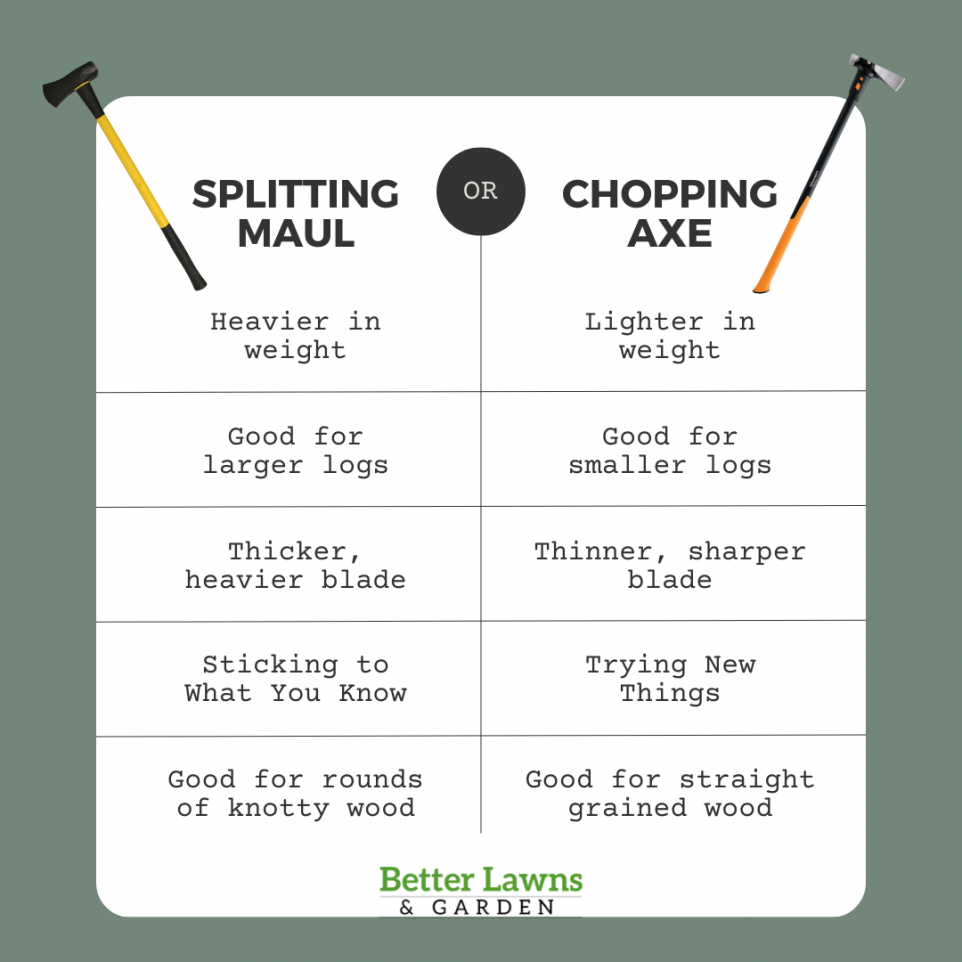
Why I Prefer the Chopping Axe
If you’re dealing with straight-grained wood or smaller logs, a splitting axe might be your best bet. Its lighter weight allows for faster swings and less physical strain. This means you can keep going longer without tiring, maintaining efficiency and comfort. The reduced shock with each hit, thanks to its lighter weight, also means less strain on your hands and arms, making it a more comfortable choice for prolonged splitting sessions.
For example, when splitting red oak or ash, which are relatively straight-grained, the splitting axe moves through the wood efficiently, especially if pre-existing cracks guide the split. The maul, while powerful, sometimes feels like overkill in these scenarios, especially if the additional weight doesn’t translate to a proportionate increase in splitting efficiency.
Personally, I’ve grown to favor the splitting axe for most of my wood-splitting tasks. It’s not just about the physical ease but also about the satisfaction of quick, clean splits that don’t leave me feeling like I’ve wrestled a bear. That said, when I encounter a particularly challenging piece of wood, I appreciate having the maul at hand for that extra brute force.
How To Chop Your Own Wood
First things first, let’s talk setup. A common mistake when splitting wood is trying to do it directly on the ground. This often results in the axe driving the log into the dirt after each hit, which can dull your blade and make the job significantly harder. Instead, find a larger, stable log to set your smaller logs on top of. This raised platform helps prevent your axe from hitting the ground, keeping the blade sharper for longer and making your swings more effective.
You want the log positioned so it’s stable and won’t roll or tip when struck. If you lay the log sideways, you might find it tricky to keep it upright; it tends to wobble or fall over, which can be super annoying and potentially dangerous. Ensuring the log is steady before you swing is key to a clean split and reduces the risk of the axe deviating from its intended path.
Get Ready for Chopping Wood
When you’re ready to swing, make sure to aim for the center of the log. A precise, well-aimed hit maximizes the chance of splitting the log in one go. When the axe hits the wood, if done right, it should not only cut through the wood but also get stuck just at the end, making it easy to pull out. If the log doesn’t split the first time, reposition it as needed and try again. Keeping your swings controlled and your aim accurate helps prevent unnecessary exertion.
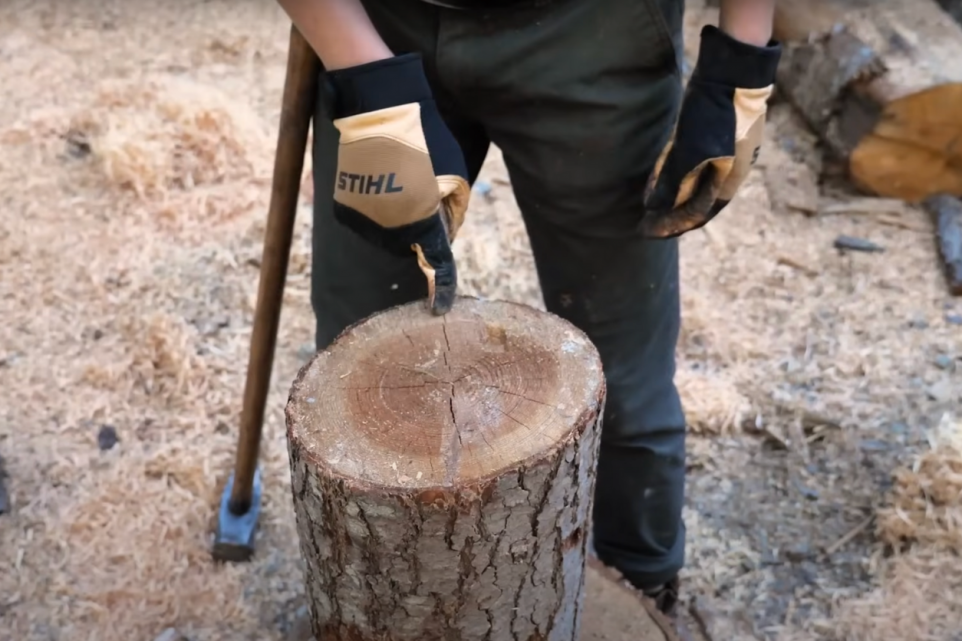
A huge part of wood splitting technique revolves around safety. If you miss the swing or hit off-center, the axe can fly off in an unpredictable direction, which is dangerous. To minimize this risk, practice your swing to be steady and controlled. The right technique involves letting the axe fall more from gravity than from your force, reducing the strain on your back and arms and increasing control.
Expert Tip: Use gravity to your advantage. Splitting wood on a slight downhill can help the split travel faster through the log, using the natural force of gravity to enhance the impact of your swing.
If your axe misses the intended mark or doesn’t split the wood on the first try, safely remove it without exerting too much force or putting yourself at risk. Lever the axe gently to loosen it if stuck, and reset your stance. Always ensure that your feet are positioned safely away from where the axe could potentially fall.
As logs split into smaller pieces, handling them can become more challenging. Smaller logs are harder to balance and require more precision. For these, placing them against a larger backdrop log where they can be securely positioned helps tremendously. This way, even if the axe splits through completely, it hits the backdrop log, not your legs or feet.
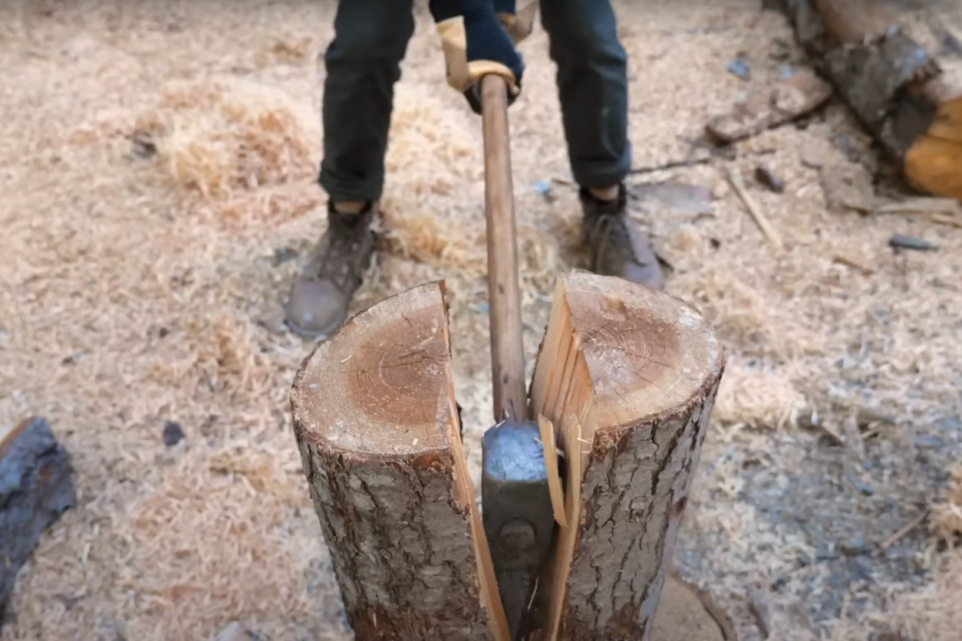
Pro Tip: For an extra effective split, especially on tougher logs, use the full arc of your swing to generate maximum force. Think of it as swinging through the log, not just to it.